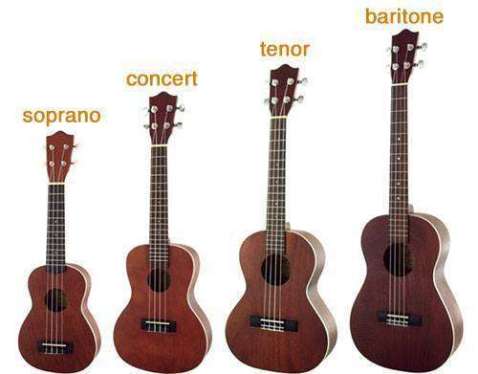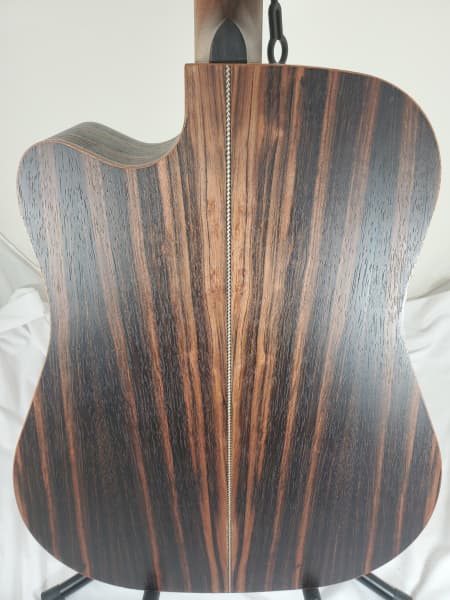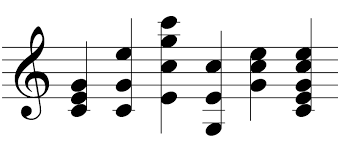Music Music Music

Baritone Introduction
The baritone is a brass instrument. The sound is made by buzzing the lips into the mouthpiece like all the brass family. It has valves like a trumpet but is...
Baritone Introduction
The baritone is a brass instrument. The sound is made by buzzing the lips into the mouthpiece like all the brass family. It has valves like a trumpet but is...

The Rise and Fall and Rise of the Ukulele
The little instrument has gone from being an exotic new trend to the embodiment of kitsch since it arrived on Hawaii 125 years ago, but is currently enjoying a revival....
The Rise and Fall and Rise of the Ukulele
The little instrument has gone from being an exotic new trend to the embodiment of kitsch since it arrived on Hawaii 125 years ago, but is currently enjoying a revival....

Dr. Miguel Cardona: “We Are Underestimating the...
With just a few months on the job, the U.S. Secretary of Education is already putting music and the arts at the forefront of his vision for American schools.
Dr. Miguel Cardona: “We Are Underestimating the...
With just a few months on the job, the U.S. Secretary of Education is already putting music and the arts at the forefront of his vision for American schools.

Dowina Guitars
Named for the ancient castle of Dowina Golden Music is the exclusive US dealer
Dowina Guitars
Named for the ancient castle of Dowina Golden Music is the exclusive US dealer

What is a Chord?
Merrium Webter's definition of a Chord is three or more musical tones sounded simultaneously. Let's talk about this some more. Here are a few chords: Only two notes is considered...
What is a Chord?
Merrium Webter's definition of a Chord is three or more musical tones sounded simultaneously. Let's talk about this some more. Here are a few chords: Only two notes is considered...

